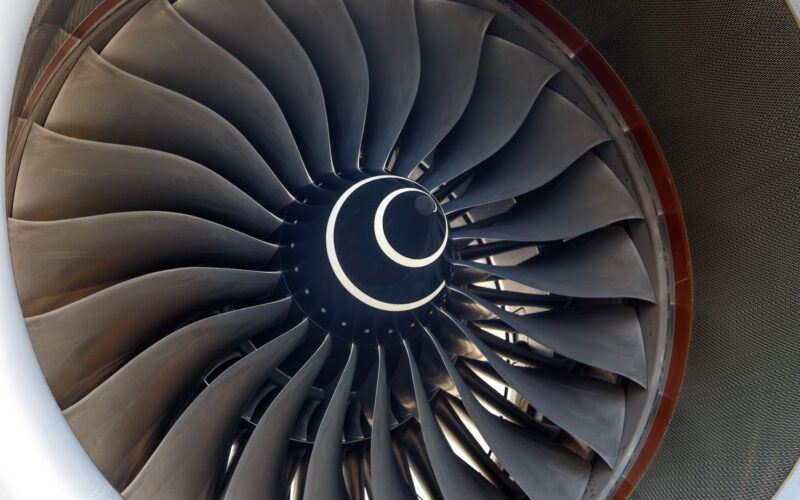Airlines, airports and aircraft manufacturers have taken a huge hit in 2020, as the COVID-19 pandemic pushed the industry into its largest crisis so far.
Commercial aircraft engine manufacturers felt the impact too, as less flying and less orders means less new engines purchased and less payment for the maintenance of older ones.
Currently, the majority of the world’s aircraft engines are manufactured by five companies: Rolls-Royce, Pratt & Whitney, GE Aviation, Safran, and CFM International. The last of them is a joint venture of GE and Safran though. Although it is by far the most prolific producer of turbofans for narrow-body aircraft, it is not independent enough to warrant a separate entry in subsequent analysis. Its financials are tied to parent companies, each accounting for a respective part of revenue and collecting a respective part of profits.
The effect of the crisis on all those firms is perfectly summed up by the situation Rolls-Royce finds itself in. Although the company’s full-year results are not yet revealed, it is clearly living through very difficult times. It has revealed plans to shut down its civil aerospace division for a couple of weeks, in order to cut down costs for at least a little bit.
The British company got most of its civilian aviation revenue from manufacturing large turbofans for long-range wide-body aircraft, a niche which saw the largest downturns with closures of international borders. But was it hit the heaviest of them all?
There is very little data that would allow to compare production and revenue numbers of different companies, especially at this point in time, when not all of them have made their full-year 2020 financial results public. But from what is there, it is possible to piece the picture which is at least somewhat comprehensive.
This situation should not be taken as granted. Safran’s data is not of a full-year and includes only the first nine months of 2020, while Rolls-Royce has published only the amount of deliveries of their successful Trent series – large engines that power Airbus A350s and A380s, as well as Boeing 777s and 787s. The cCompany’s smaller turbofans are used on some regional and business jets and may have seen less of a fall in deliveries.
Nevertheless, percentage-wise Rolls-Royce’s decline was the largest.
The company has not published its full-year financial results yet, so we can’t know how this fall has impacted its profits. Yet there are things we can assume from the existing data as well as the data of its competitors.
The second quarter of 2020 was the hardest, due to strictest lockdowns that impacted both the demand and the production. Pratt & Whitney engine sales revenue fell by 42% that quarter; Safran’s half-year results show over 31% decline in engine revenue and almost 40% decline in revenue brought by sales of all original equipment (OE). Both of these numbers were mitigated by a relatively good first quarter, although the second half of the year was just marginally better.
Rolls-Royce, in comparison, had a decent second quarter. Its half-year financial results show 35% year-on-year decline in engine deliveries and 24% fall in OE revenue. Yet, if we take a look at other companies’ full-year results, they look like this:
All three companies had a significant decline in their revenue; some could mitigate decrease in engine deliveries with other revenue streams, others did not. But it is quite obvious that for Safran and P&W, the second half of the year proved less disastrous than the first half and especially – than the second quarter.
For Rolls-Royce, the story is quite a bit different. From 35% decline in engine deliveries in H1 (much better than, say, Safran’s) it got to almost 50% in full-year results.
This shows that pandemic’s impact on the British company was quite a bit bigger and its full-year results, coming in a month or so, will likely prove that. In this light, the company’s decision to take drastic cost-cutting steps seems desperate, but not unreasonable.

